How to Choose the Right Glass Lifter: Uses, Benefits, and Tips
Glass handling has evolved into an art form—one that demands precision, safety, and smart innovation. Whether you're in construction, manufacturing, or high-end glazing, selecting the right glass lifting device can make all the difference. In this article, we explore the world of glass lifters and share expert insights on choosing the ideal piece of glass lifting equipment that meets your unique needs.
Glass handling has evolved into an art form—one that demands precision, safety, and smart innovation. Whether you're in construction, manufacturing, or high-end glazing, selecting the right glass lifting device can make all the difference. In this article, we explore the world of glass lifters and share expert insights on choosing the ideal piece of glass lifting equipment that meets your unique needs.
What Is a Glass Lifter?
A glass lifter is more than just a tool—it's a specialized device engineered to lift glass with finesse. By securing glass sheets during transport, installation, or storage, these tools minimize damage and reduce the need for heavy manual labor. With options ranging from mechanical glass lifters featuring automatic locking systems to high-powered vacuum glass lifters that use suction to hold even curved surfaces, there's a solution for every application.
Key Types:
- Mechanical Glass Lifters: Equipped with auto-locking mechanisms, these clamps for lifting ensure a tight, secure grip.
- Vacuum Glass Lifters: Ideal for large or contoured panels, these devices rely on suction cups to maintain a safe hold.
- Manual Glass Lifters: Best for smaller, less frequent tasks, offering a cost-effective way to handle delicate glass.
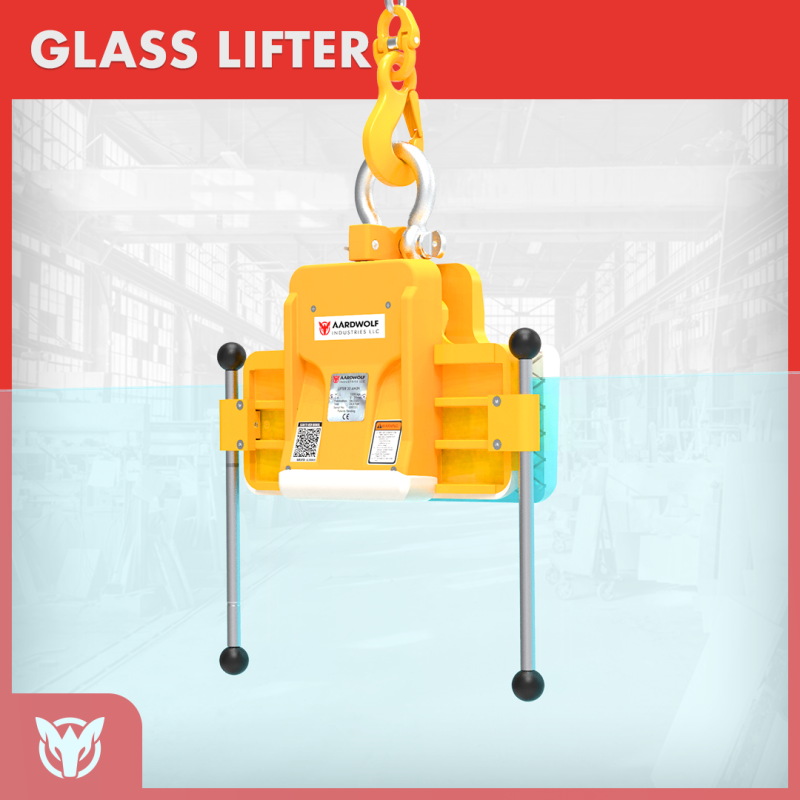
The Role of Glass Lifters in Construction and Manufacturing
In today's fast-paced industries, lifting glass is a task that demands both speed and precision. Here's how glass lifters are revolutionizing two key sectors:
In Construction
Modern architecture frequently features expansive glass facades and towering windows. Glass lifters play a pivotal role in:
- Installing Windows & Facades: They enable precise placement of glass panels on high-rise buildings.
- Minimizing Breakage: By reducing manual handling, these tools cut down on costly repairs and replacements.
- Enhancing Worker Safety: Automation and secure locking systems help prevent injuries, ensuring that every panel is lifted safely.
For example, a state-of-the-art vacuum system can lift an entire glass facade with unmatched precision, allowing construction teams to work faster and safer.
In Manufacturing
Glass production is a delicate combination of automation and manual precision. Glass lifting equipment is crucial in:
- Streamlining Production Lines: Whether moving glass between cutting, coating, or tempering stages, lifters ensure a smooth flow.
- Optimizing Storage & Transportation: They securely handle glass from factories to distribution centers without compromising quality.
- Supporting Custom Fabrication: From automotive glass to bespoke architectural elements, lifters provide the versatility needed in modern manufacturing.
Imagine a production line where a mechanical clamp for lifting effortlessly transfers sheets from one station to the next, boosting productivity and reducing downtime.
Selecting the Best Mechanical Glass Lifter: Key Considerations
Choosing the right glass lifting equipment is a strategic decision that balances performance, safety, and cost. Here are the critical factors to consider:
1. Understand Your Lifting Needs
- Glass Size & Weight: Ensure the device can handle your heaviest loads.
- Grip Range: Verify that the lifter accommodates the thickness of your glass sheets.
- Operational Environment: Consider whether your work setting is indoors or outdoors, and choose a device designed for those conditions.
2. Prioritize Safety & Efficiency
- Auto-Locking Mechanisms: Look for systems that automatically secure and release the glass, minimizing the risk of accidental drops.
- Protective Features: Non-slip, rubber-coated pads protect surfaces, reducing the chance of scratches or chips.
- Compliance with Standards: Confirm that the equipment meets regulatory standards like OSHA or EN 13155 for peace of mind.
3. Check Compatibility & Versatility
- Machinery Integration: Whether you're using cranes, forklifts, or both, your glass lifting device should seamlessly integrate with existing equipment.
- Adaptability: Choose a lifter that can handle different types of glass and various project scales.
4. Evaluate Durability & Warranty
- Build Quality: High-quality materials such as reinforced steel or aluminum are a must for longevity.
- Warranty & Support: A minimum 2-year warranty can offer reassurance against unexpected issues.
5. Consider Budget & Long-Term ROI
- Investing in a premium glass lifter might have a higher upfront cost, but the reduction in breakage, lower maintenance costs, and improved efficiency can lead to significant long-term savings.
Final Thoughts
In the realm of glass lifting, selecting the right equipment is critical to achieving a balance between safety, efficiency, and cost. Whether you’re lifting glass for cutting-edge construction projects or precision manufacturing lines, investing in the ideal glass lifting device can streamline operations and safeguard your assets.
For those ready to elevate their glass handling game, this guide provides the essential tips and insights needed to make an informed decision. Remember: proper training, routine inspections, and adherence to safety standards are just as crucial as the equipment itself.
Discover the future of glass lifting—where innovation meets precision, and every lift is a step toward excellence.
Disclaimer: This article provides general guidance only. Always consult local regulations and manufacturer instructions for safe and compliant operation. Neither the author nor the publisher is affiliated with any specific brand mentioned.




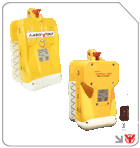
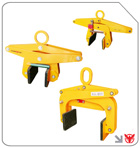
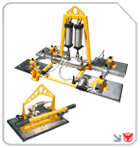
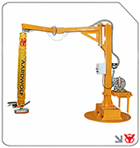
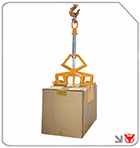
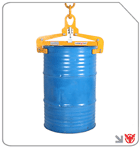
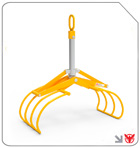
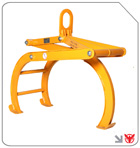
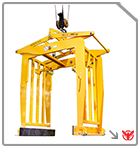
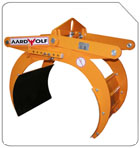
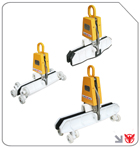
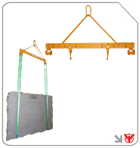
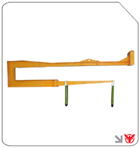
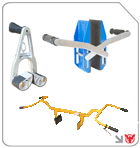
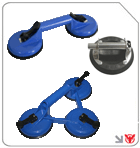

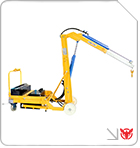
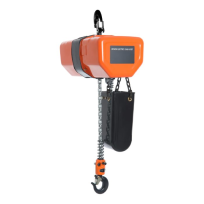
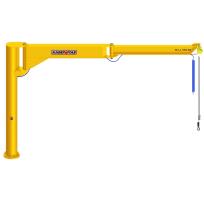
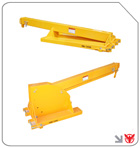
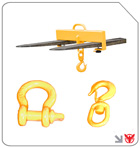
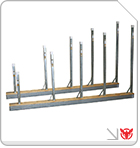
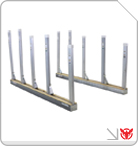
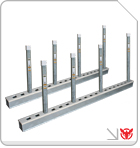
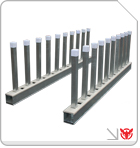
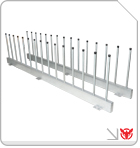
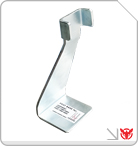
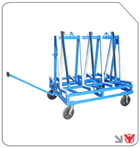
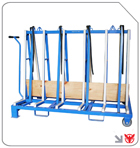
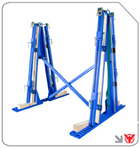
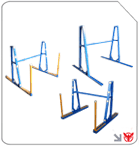
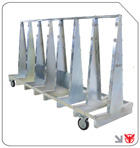

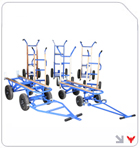
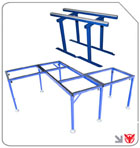
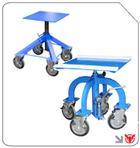
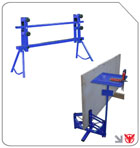
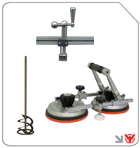

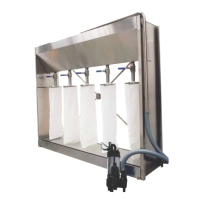
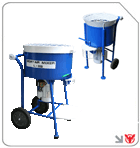
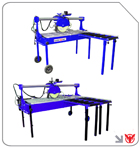
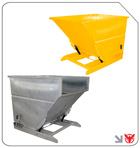
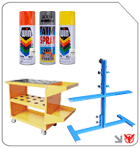

Follow us on: